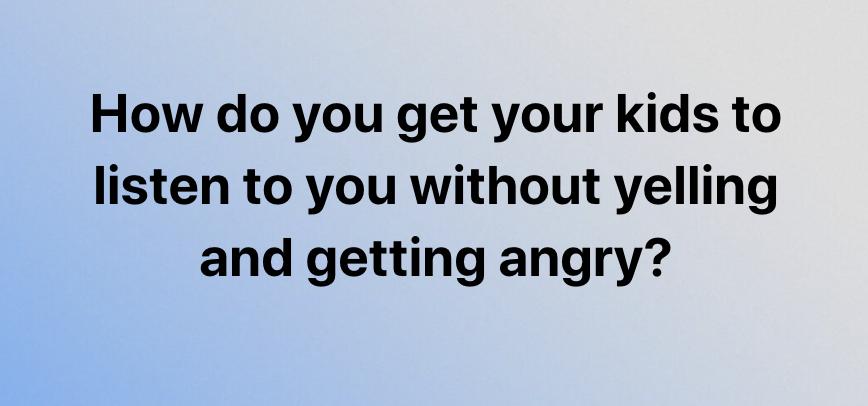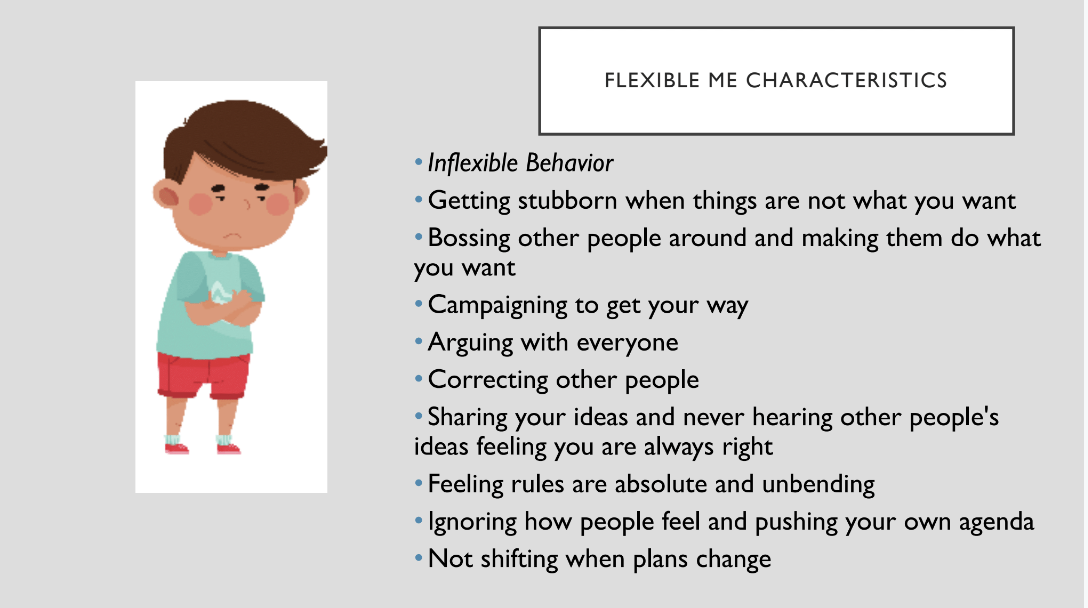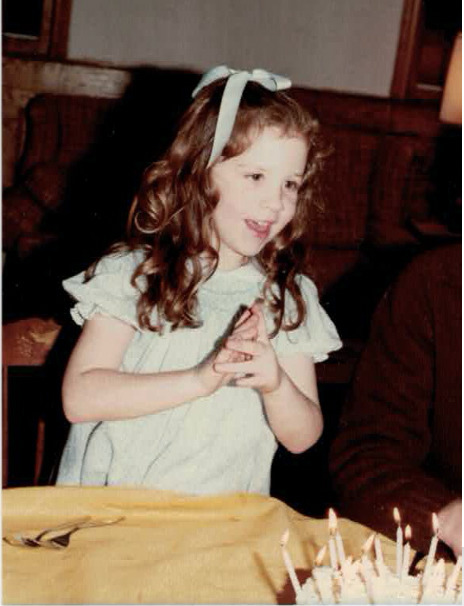Is Your Kid A Hot Mess? 10 Ways to Help Keep Their Emotions In Check So You Get A Little Peace

As we turn the corner from the height of the pandemic and into summer, many parents are struggling with concerns about their child’s emotional state. Carrying a 500 pound backpack, seeing people they had forgotten, realizing new relationships have formed during hybrid or shut down schooling or even just trying to use social skills they have not used in a while can be tough. Not to mention all the struggles that go into childhood and being a teenager. As you hear the stories of other kids who seemed to have climb Mount Everest during the pandemic while getting straight A’s, you might feel very alone. But fear not, many kids are a mess right now. And your kid struggling does not mean she will struggle forever.
Your kid is a hot mess right now.
 At the end of this school year, so many kids and teenagers are bombarded with demands and the feeling of FOMO (fear of missing out). If your kid seems unmotivated, it’s because they probably are. Perhaps some students have surfaced energized, but for the majority, going back to school is about connecting again. Low energy combined with stress may create an environment where they come home snarky and grumpy. Don’t despair, they might just need a little support to guide them out of this “Hot Mess”.
At the end of this school year, so many kids and teenagers are bombarded with demands and the feeling of FOMO (fear of missing out). If your kid seems unmotivated, it’s because they probably are. Perhaps some students have surfaced energized, but for the majority, going back to school is about connecting again. Low energy combined with stress may create an environment where they come home snarky and grumpy. Don’t despair, they might just need a little support to guide them out of this “Hot Mess”.
10 Strategies to Keep Kids’ Emotions in Check:
1. Truly Listen
Don’t apply pressure nor assume you know the reasons for your child’s behavior. Don’t jump in with advice. Imagine a world in which your boss or partner constantly told you “the reason you are a mess is because you don’t plan ahead.” It would not be well received. Getting your child to feel comfortable talking to you requires waiting, listening, and showing confidence that they have the capacity to learn and grow. If you push your agenda, you will likely get nowhere. By truly hearing your child’s perspective, you allow her to hold a mirror up to her views about friendship and to evaluate them. This takes time, but it will deliver better results.
2. Give Your Kid Space
Everything does not have to be solved in the moment. Allow your teen to walk away. If they won’t take the time and space to use strategies to manage their emotions, then you will need to breath deeply and give yourself space.
3. Don’t Interrogate
Make the conversations short and allow them to answer one or two questions. Paraphrasing what your child says and then repeating it back to him shows empathy and helps clarify your child’s concerns. For example, she might declare, “You always want so much from me and you don’t get how hard school is now.” Reflect back: “What I hear you saying is school is much harder than when I went and you feel like everyone wants so much from you.” By summarizing and repeating his statements, you allow your child to clarify, share more information, and to tell his interpretation of the statement. This curiosity invites him to be comfortable opening up to you.
the conversations short and allow them to answer one or two questions. Paraphrasing what your child says and then repeating it back to him shows empathy and helps clarify your child’s concerns. For example, she might declare, “You always want so much from me and you don’t get how hard school is now.” Reflect back: “What I hear you saying is school is much harder than when I went and you feel like everyone wants so much from you.” By summarizing and repeating his statements, you allow your child to clarify, share more information, and to tell his interpretation of the statement. This curiosity invites him to be comfortable opening up to you.
4. Check in on sleep, nutrition
Sleep, nutrition other factors that contribute to the meltdown. No one does as well when they can’t sleep.
5. Create a plan for when they are stressed
In the heat of the moment or when your teenager is in fight, flight or freeze mode, it’s very hard for them to problem solve. Don’t judge them when they are in this aroused state. Reflect back your child’s emotional state by saying, “I notice you’re stressed right now.” When they are in a more relaxed state, work with them to create a routine and strategies they can enact to manage their heightened emotions.
6. Offer help, not advice
You probably recognize the cycles that lead your teen to become stressed such as searching for shoes and lunch just before the bus comes. You probably also recognize that your advice is rejected. My advice is to help find the shoes during the moments of panic and when your kid is calm, broach solutions. Start by saying, “I notice this time of year is hard and you seem stressed, what can I do to help? How can we could work together to help you feel better and get some things running smoothly?”
7. Sneak calming strategies
Calming strategies are often rejected by kids, especially older kids. But they may incorporate your strategies if they are not too obvious. Warm blankets, a zen time to think and listen to music, low lights, soothing voices, etc. help distract the thalamus can be built into the fabric of life. No one needs to hear, “Boy, you are a hot mess – use my strategies.”
8. Support time and space
When you notice that your child is anxious or spiraling, support their desire to go for a run or listen to music by washing their clothes or packing their soccer bag. Help them manage their emotions rather than continuing the spiral of tears, meltdowns and drama.
9. Create a pattern interrupt
Use action-oriented emotional coping strategies in class and at home with children of any age. A pattern interrupt can shift the cycle rather than allowing your kid to spin into distress. Doing jumping jacks, shaking arms, dancing, running around the room, walking up and down the stairs, getting into nature, and touching toes help shift the internal chemistry to allow for us to manage emotions. Exercise has been shown to reduce cortisol and adrenaline levels and to increase dopamine levels and release endorphins.
10. Name it to tame it
Prompt your kid to pinpoint their emotions and check in with themselves. Ask her to determine how intense these emotions feel, and then have a plan and pick strategies ahead of time to use when her reaction has reached a 7, 8, 9 or 10. Stop the runaway cycle early and regain control so the thinking brain can resume.
Be sure to set reasonable expectations: don’t push too much fun over school work or visa versa. Balance is the key as we return to in person society. More importantly than academic success, your support will help you kid feel safe, comfortable and secure – the key ingredients to a happy future.
DO This At Home!
For scripts, tools, advice and actionable exercises on helping children develop social skills, check out Why Will No One Play with Me? and How to SEL
Deeper Dive
7 Ways to Help Your Kid’s Rusty Social Skills Now That the Pandemic Is Winding Down
Social Skills Deeper Dive
More actionable advice, exercises and videos can be found in the Store

Adults with ADHD Social Skills Training: How to Get Along with Everyone – 2-Part Seminar with Caroline Maguire – Starting December 7, 2021
Rusty Social Skills Bundle – Everything you need to help students return to the classroom for the development of critical social skills.
How to Read the Room as an Adult – Managing perceptions and engaging successfully
How To Improve Social Skills In The Workplace
Wanna Make More Friends? Learn How to Make Small Talk
Coaching Conversations Video Course – How to use the lessons in Why Will No One Play with Me? in everyday life using real people and real scenarios
From “Hi” to a Full Conversation – How to adapt conversation starters to initiate small talk.
Joining a group Infographic – Make joining a group less intimidating – and more fun!
Building a Conversation Infographic – Learn how to engage in reciprocal give-and-take
Steps for Joining a Group Video – Step by step details to comfortably and successfully join a group
How to SEL – HOW TO help children build social skills



